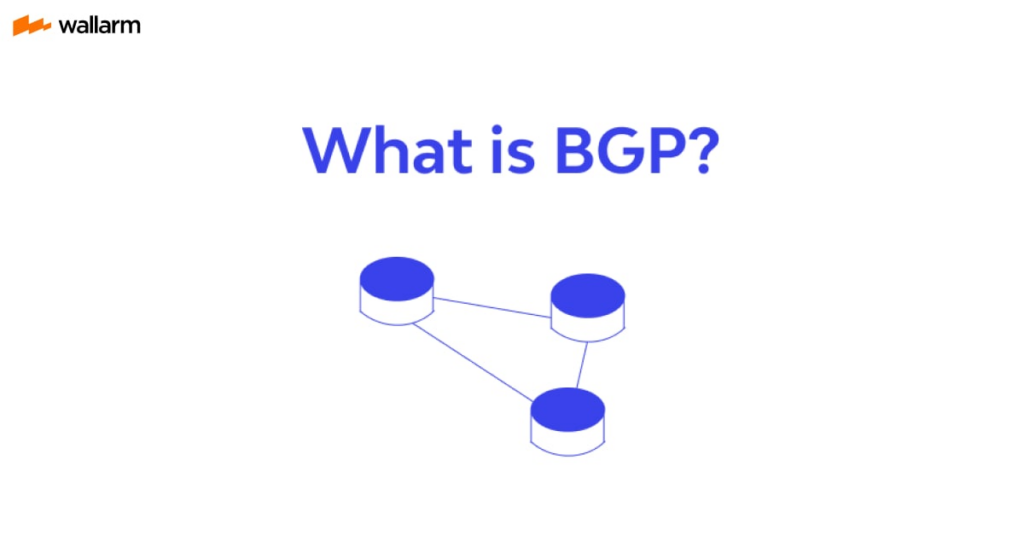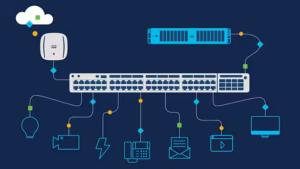Understanding BGP: The Backbone of Internet Routing – What is BGP and how does it work?
3 min read
In the vast landscape of the internet, seamless communication between networks is essential for the smooth flow of data. Behind the scenes, Border Gateway Protocol (BGP) acts as the backbone of internet routing, ensuring that packets find their way from source to destination across diverse networks. But what exactly is BGP, and how does it work? Let’s dive into the world of BGP to uncover its fundamental concepts and mechanisms.
What is BGP?
BGP, or Border Gateway Protocol, is an exterior gateway protocol designed for exchanging routing information between autonomous systems (ASes) on the internet. Unlike interior gateway protocols (IGPs) such as OSPF or EIGRP, which operate within a single network, BGP enables interdomain routing, making it the glue that connects the various networks forming the internet.
Working of BGP:
-
AS and BGP Speakers:
At the heart of BGP are autonomous systems (ASes). An AS is a network or a group of networks under a single administrative control, following a common routing policy. Each AS participating in BGP has at least one BGP speaker, which is a router responsible for running BGP and exchanging routing information with other ASes. -
BGP Peering:
BGP peers establish TCP connections to exchange BGP routing information. Peers can be classified into two categories: internal BGP (iBGP) peers within the same AS and external BGP (eBGP) peers between different ASes. These peering relationships allow BGP speakers to exchange routing updates, negotiate capabilities, and synchronize routing tables. -
BGP Messages and Attributes:
BGP operates through the exchange of messages between peers. The two main types of BGP messages are Update and Keepalive. Update messages carry information about reachable network prefixes and associated attributes. Attributes define additional properties of the routes, such as path preference, metrics, or policy attributes. -
BGP Path Selection:
BGP uses a set of rules to determine the best path for reaching a destination network. These rules consider various path attributes, including the length of the AS path, the origin of the route, the next-hop address, and optional attributes like communities or local preference. BGP selects the path with the highest preference, preferring customer routes over peer or provider routes based on configured policies. -
BGP Route Advertisement:
BGP allows ASes to advertise their routes to neighboring ASes. When a BGP speaker learns a new route, it can propagate the information to its peers. This process of route advertisement propagates across ASes, ultimately allowing global reachability of networks on the internet. -
BGP Stability and Convergence:
BGP aims to provide stable and loop-free routing. It achieves this through mechanisms like route dampening, which suppresses unstable routes, and route reflectors, which simplify the propagation of routing information within large ASes. BGP convergence refers to the process of updating routing tables and ensuring consistent routing paths in response to network changes or failures.
Border Gateway Protocol (BGP) plays a crucial role in enabling interdomain routing on the internet. It facilitates the exchange of routing information between autonomous systems (ASes), ensuring the efficient delivery of data packets across networks. By following a set of rules for path selection and employing various mechanisms for stability and convergence, BGP forms the backbone of global internet connectivity. Understanding BGP’s fundamentals is essential for network administrators, as it allows them to optimize routing decisions, troubleshoot issues, and ensure the reliability of internet connectivity for their organizations and users.





